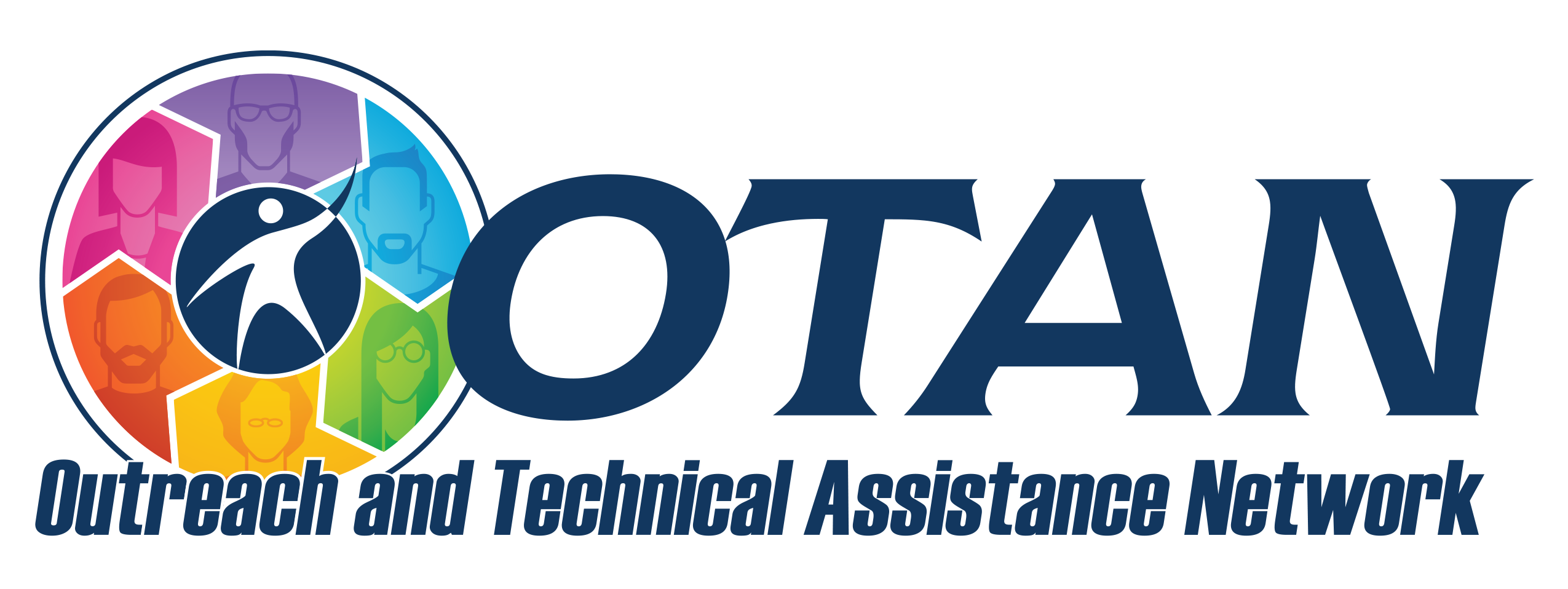Search
GCF LearnFree: Homophones, Grammar Videos, Bingo, and Quizzes
Details
Activity Description
GCF LearnFree is a Web site of many uses. For this lesson use the grammar section. Students will watch the videos and make a quiz on their topic. They can follow up with a Bingo game.
Preparation
- Preview the Grammar Practice: Homophones activity and any of the videos you would like to use.
- Make copies of the handout, Example Document - Write a Quiz (above).
- If you do the follow up activity, print Example Document - Blank Bingo Board (above) for each student.
Teacher Tips
- This is a great site to practice computer skills, collaboration and learn the topic as well.
More Ways
- Assign students to bring a list of three homophones to class with example sentences. Choose 24 of the homophones. Hand out a blank bingo card. (See Example Document - Blank Bingo Board, above). Students fill in their Bingo card with the homophones in whatever order they prefer. Suggest that they do not go in order, but scatter the words over the card. Play Bingo using the sentences the students wrote to review the words.
- The GCF LearnFree site has so many resources that it's hard to know where to start. Go out to the home page and browse around, especially in the Everyday Life, Reading, Work and Career, and Technology sections.
Program Areas
- ABE: Adult Basic Education
- ASE: High School Equivalency Preparation
Levels
- Low
- Intermediate
- High
- All Levels
Lesson Plan
Objective: Activate prior knowledge and introduce homophones.
Write these three sets of homophones on the board: their/there/they’re, to/too/two, your/you’re.
Ask:
"What do these word pairs have in common?"
"Why might people confuse them?"
Give students 3–4 sentences to fix (with incorrect homophones) on a whiteboard or worksheet. Share responses aloud.
Objective: Explain the purpose of the lesson and the learning goal.
“Today we’re going to learn more about homophones—words that sound the same but have different meanings and spellings. We'll watch videos from GCF LearnFree.org, make our own quiz questions to help others learn, and then finish with a fun Bingo review!”
Objective: Use media to present the concept of homophones.
- Go to the GCF LearnFree Grammar page: https://www.gcflearnfree.org/grammar.
- Select and play the “Homophones” video(s) together as a class or in small groups.
- Guide students to take notes on example homophones and meanings.
Objective: Students create quiz questions to reinforce homophone learning.
- Distribute the “Write a Quiz” worksheet (link: Write_a_Quiz.doc).
- Assign students (individually or in pairs) a set of 3–4 homophones. They must:
-
- Write one sentence with each word.
- Make a multiple-choice or short-answer quiz item for each.
3. When complete, have students exchange their quizzes with another group to solve.
Objective: Assess comprehension through peer-created quizzes.
- Students complete a quiz created by their peers.
- After completing, students return the quiz to the creators for scoring and feedback.
- Facilitate a brief discussion on common errors or tricky homophone pairs.
A – Application (Bingo Game Review)
Objective: Reinforce learning through a collaborative, game-based activity.
- Have students bring or brainstorm 3 additional homophones with example sentences.
- Compile a list of 24 unique homophones from the class.
- Distribute the “Blank Bingo Board” worksheet (link: blank_bingo_board_FINAL.docx).
- Students randomly fill in their boards using the selected 24 homophones.
- To play, read aloud a sentence using one of the homophones (without saying the word). Students must guess the correct word and mark it on their Bingo board.
- Continue until someone wins. Consider prizes or multiple rounds.
Extension / Homework (Optional)
- Explore another GCF LearnFree topic (e.g., “Punctuation” or “Parts of Speech”) and prepare a 3-question mini quiz for the next class.
- Write a short story using at least five different homophone pairs correctly.
Links and Resources - GCF Grammar Page: https://www.gcflearnfree.org/grammar
- Write a Quiz Worksheet: Write_a_Quiz.doc
- Blank Bingo Board: blank_bingo_board_FINAL.docx
Documents
- Write_a_Quiz.doc - Write a Quiz
- blank_bingo_board_FINAL.docx - Blank Bingo Board
Subjects
- Reasoning Through Language Arts
- Mechanics (Capitalization, Punctuation, Spelling)
- Writing
- Basic Sentences
- Mechanics (Capitalization, Punctuation, Spelling)
- Paragraph Skills
- Parts of Speech

